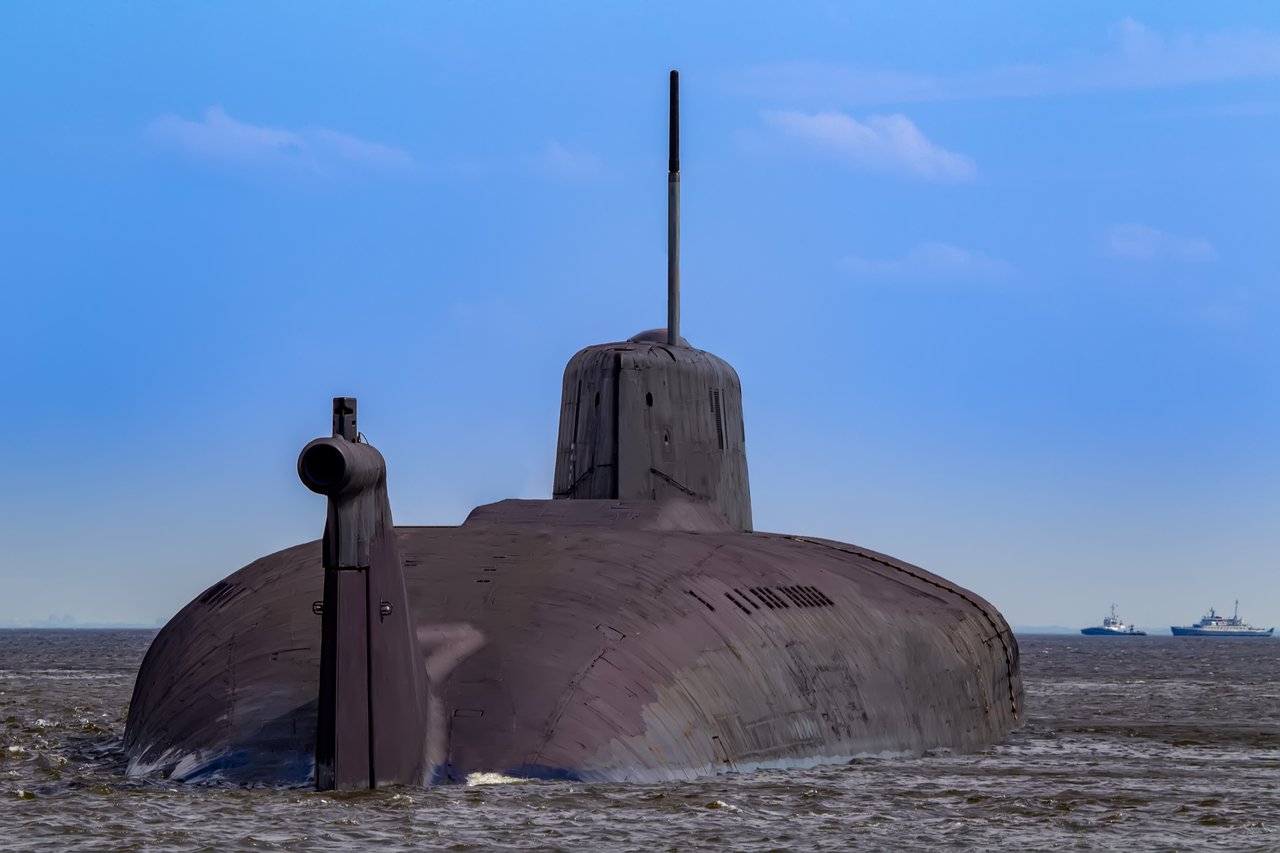
The Navy’s Orca Drone is Changing Undersea Warfare
Drone warfare has utterly transformed the face of warfare in this century. No longer is it about how many tanks an army has or how many aircraft carriers a navy can maintain, it’s all about rapid maneuverability, stealth, affordability, and mass. Both the Russians and Ukrainians have proven this with their drone-swarming techniques that the two armies regularly use against one another in the ongoing Ukraine war.
Now, this philosophy is migrating to the sea.
We live in a time when the power projection capabilities of the United States Navy, notably in the all-important Indo-Pacific, are under constant strain. This is in part due to the development of anti-access/area-denial (A2/AD) systems by American rivals. The U.S. Navy is further strained, though, by the domestic woes of a sclerotic U.S. defense industrial base and an increasingly cash-strapped U.S. government that is both unable to fund the systems the Navy wants and is unable to fundamentally adapt to the new multipolar strategic environment.
The Design
Yet, thanks to some innovative design concepts of the United States military’s research arms, the Navy is slowly starting to embrace the idea of unmanned undersea vehicles (UUVs). Going back to 2017, the Navy began developing what has become known as the Orca. This is a multi-mission platform designed for a multiplicity of important mission sets, ranging from surveillance to undersea cargo delivery, anti-submarine warfare, anti-surface warfare, mine clearing, and strike missions.
The Orca is considered an “Extra Large Unmanned Undersea Vehicle” (XLUUV).
Boeing is building this system for the Navy. It is based on design architecture from Boeing’s earlier Echo Voyager, meaning that the Orca was built with modularity in mind. (This modularity is key for Orca’s multi-mission capabilities. It means that Orca has a plug-and-play design). Its modular payload means that Orca is capable of adding up to 34 feet in length and can host an eight-ton payload. Again, this is a key tenet of a multi-mission platform like the Orca.
In fact, Orca is essentially meant to be a drone mothership. Its cargo hold has a capacity of 2,456 cubic feet, meaning it can bring with it multiple other, smaller unmanned vehicles or drones. Orca is the apotheosis of network-centric warfare. She represents a true transition from the warfare of yesteryear to something entirely new today. A new kind of warfare that is more devoid of the human element than at any time before.
Sure, this reduction of the human elements ensures U.S. sailors are better protected from dangerous missions. At the same time, though, many people should be concerned that removing that human element from combat could have unintended ethical complications. What’s more, it might ensure that warfare is more likely to occur amongst the great powers using these systems.
Orca itself is powered by an advanced hybrid diesel/lithium-ion battery system that enables the vehicle to operate submerged for extended periods, recharging via diesel vehicles when surfaced.
Since this is still an experimental vehicle, it is unlikely that the Orca will be the Navy’s final XLUUV design. Its top speed right now is reported to be at nine miles per hour (so she isn’t a speed demon), but its typical operational speed is likely to be slower at just shy of four miles per hour. Orca has an impressive projected operational range of around 7,480 miles.
Boeing delivered its first Orca to the Navy in December 2023, meaning that the program had shifted from development testing to operational capability. The vehicle’s autonomous nature means that it can be deployed easily from a friendly pier and navigate on its own to its destination completely free of human involvement. This makes the Orca a relatively simple (and, therefore, cheap) platform because its logistical footprint is as small as its overall operational footprint.
Some Challenges to Overcome
One of the promises of developing autonomous systems was that they would be cheaper than their manned counterparts. For the Navy, with its complex platforms, such as the aircraft carrier, this seems like a smart move.
Yet, Orca went about 64 percent over budget, according to the Government Accountability Office, thereby continuing a dangerous trend, especially for the Navy, of all new Pentagon platforms going over their intended budgets. What’s more, like the manned counterparts to Orca, the Orca program ran over its allotted timeline by about three years.
Unlike many of those manned Navy platforms that have gone over budget and time, however, the Orca’s sea trials have proceeded apace with no complications whatsoever. Indeed, the testing phases for this XLUUV have been successful in proving the vehicle’s endurance, functionality, and the reliability of its autonomous systems.
Make no mistake, unmanned systems will be an important way for the Navy to cut down on its costs. The hard lessons learned from the Orca program will be applied to future unmanned undersea vehicles.
Eventually, the Navy will have an impressive fleet of these drones that will serve as critical force multipliers and help to protect the costlier manned warships and submarines of the fleet that are increasingly under the threat of enemy A2/AD systems.
Brandon J. Weichert, a Senior National Security Editor at The National Interest as well as a Senior Fellow at the Center for the National Interest, and a contributor at Popular Mechanics, consults regularly with various government institutions and private organizations on geopolitical issues. Weichert’s writings have appeared in multiple publications, including the Washington Times, National Review, The American Spectator, MSN, the Asia Times, and countless others. His books include Winning Space: How America Remains a Superpower, Biohacked: China’s Race to Control Life, and The Shadow War: Iran’s Quest for Supremacy. His newest book, A Disaster of Our Own Making: How the West Lost Ukraine is available for purchase wherever books are sold. He can be followed via Twitter @WeTheBrandon.
Image: Shutterstock.


